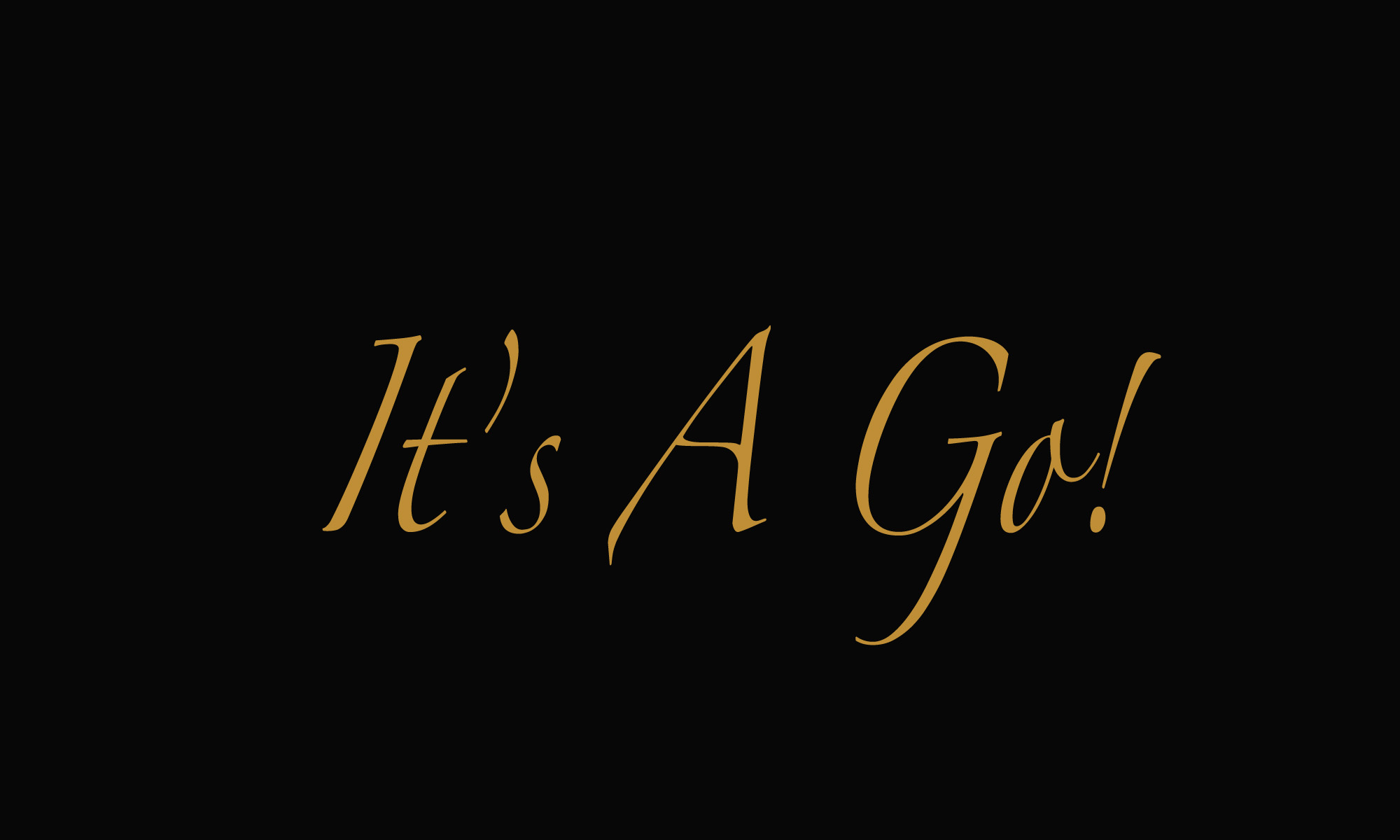I was delighted to spend some time with my brother’s family’s dog this past weekend. Shyla is a sweet, little puggle. Even though she has aged (you can see the white fur on her face), she still chases the tennis ball with the vigour of a dog half her age and no obvious regard for her own wellbeing (her little legs careened around corners, and her face came too close to hitting objects for my liking).
Within hours of her arrival, my mom and I were creating cheeky dialogue for the dog who is beloved by many. Others would’ve gladly cared for her, so we joked about her inner monologue.
What you’re cooking better be for me.
I thought my dad told you I preferred beef over chicken.
Yes, cheese is a food group.
I will be reporting back to my family. Be warned that all I have to do is act listless and feign throwing up once, and you’re done for.
We enjoyed this ridiculous banter and it was made all the better when she whined for an endless array of snacks.
Character Development
Though we were playing around, I couldn’t help but think of the process of creating fictional characters as we guessed what Shyla was thinking.
In one of my favourite interviews with Dan Levy, co-creator of Schitt’s Creek, he said that they workshopped their characters for many weeks before they started writing the pilot of what would become their award-winning, internationally acclaimed show. Celebrated Canadian film star, his father and co-creator, Eugene Levy, insisted that they needed to make sure they knew how their characters would react in every situation.
While it’s easy to ad-lib lines for a beloved pet, as a writer, I’ve taken Eugene Levy’s advice to heart. I am sure that my writing (and more importantly, my readers’ experience) will be greatly enriched because of it.
*If you’re a dog-lover too, issue 7 of Second Draft Journals: Love Notes & Paw Prints is the perfect journal for you.
This post also appears on The Write Results.





